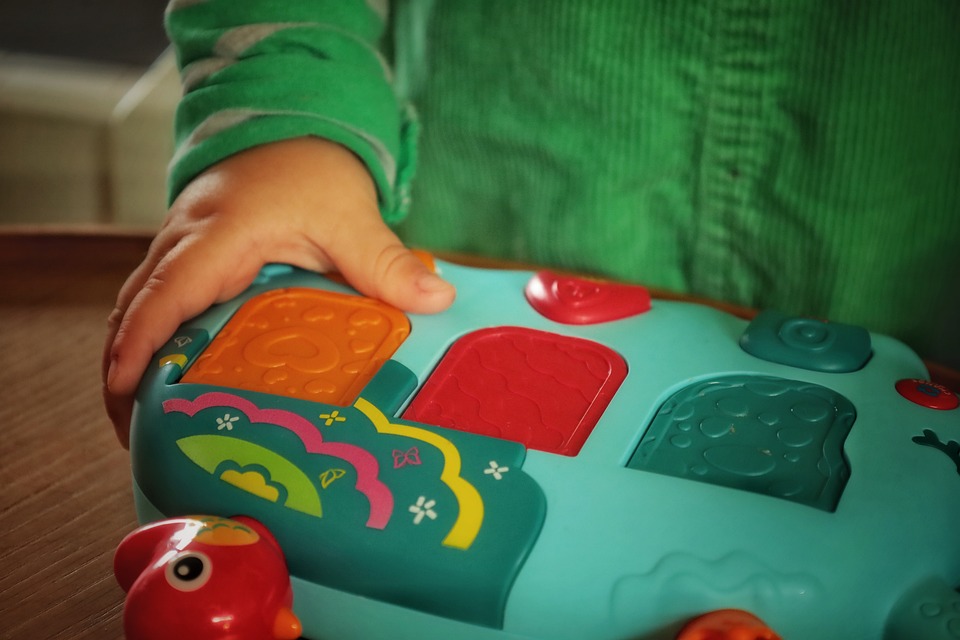Introduction
The age-old debate on the efficacy of play in learning has been reignited, as educational theorists and practitioners recognize the intrinsic value of play as a catalyst for creativity and cognitive development. Playful pathways to learning present children with opportunities to explore, inquire, and engage with their surroundings in a manner that nurtures curiosity and fosters essential life skills. This article delves into how playful learning can revolutionize educational paradigms, examining its psychological underpinnings, practical applications, and implications for future educational settings.
The Psychological Foundations of Learning Through Play
Play is not merely a leisure activity; rather, it serves as a critical component of growth and development. The works of developmental psychologists such as Jean Piaget and Lev Vygotsky highlight that play is integral to cognitive maturity. Piaget proposed that children learn best through experience, suggesting that active hands-on engagement facilitates deeper understanding. For instance, constructing with blocks can teach children about balance, gravity, and spatial relationships.
Vygotsky’s sociocultural theory further emphasizes the importance of social interactions in learning, suggesting that play provides a social framework for children to negotiate, collaborate, and communicate. Through imaginative play, children embody various roles, which helps them develop empathy and social awareness. This integration of play into learning not only strengthens their cognitive skills but also hones emotional intelligence, fostering a holistic approach to education.
Moreover, neuroscience supports play as a significant factor in brain development. Research indicates that children engaged in playful activities exhibit enhanced problem-solving skills, creativity, and emotional regulation. The release of dopamine during play reinforces the connection between enjoyment and learning, making it more likely that children will engage deeply and retain information.
Practical Applications: Implementing Playful Learning in Educational Settings
To harness the power of play in learning, educators must implement practical applications within various learning environments. Play-based learning can be integrated into curricula across all age groups, from preschool through higher education. Here are some methods to incorporate these playful pathways:
1. Learning Through Exploration
Outdoor classrooms and nature playspaces encourage children to connect with their environment while promoting inquiry-based learning. Activities such as scavenger hunts, nature walks, and open-ended time for exploration allow children to investigate natural phenomena, collect data, and draw conclusions. For instance, a science lesson on ecosystems can be transformed into an engaging experience by having children explore their local habitat, observing organisms, and discussing their findings with peers.
2. Role-Playing and Simulations
Incorporating role-playing activities into curricula can heighten engagement and deepen understanding. By simulating real-world scenarios — such as a marketplace, a historical event, or a scientific experiment — students can actively participate in the learning process. For example, a history lesson could evolve into a time-traveling adventure where students investigate past societies’ structures, beliefs, and daily lives, thus fostering empathy and critical thinking.
3. Arts and Creative Expression
Integrating the arts into education allows for a multi-dimensional approach to learning, serving as a medium through which children can express their ideas and emotions. Activities such as storytelling, music, dance, and visual arts can facilitate personal connections to subject matter, thereby enhancing retention and understanding. For instance, students could create a visual representation of a math concept, thereby reinforcing their learning through artistic expression.
The Future of Play in Learning Environments
As the educational landscape continues to evolve, it is crucial to advocate for the significance of play in learning. Educational systems must adapt by embracing flexibility, creativity, and child-centered practices that enable exploration and discovery. It is necessary to foster a culture that values play as an essential part of the educational experience, countering the trend of purely academic-focused learning models.
Collaboration among educators, parents, and policymakers is fundamental to championing an environment where play-based learning can thrive. Investing in teacher training that emphasizes the importance of play, providing resources for schools to create playful spaces, and encouraging innovative curriculum design can lead to systemic change. Moreover, the crucial role of technology in contemporary education must not overshadow the timeless value of play. Digitally supported play that encourages collaboration and exploration can enhance learning and make it relevant to the digital age without replacing interactive, tactile experiences.
Conclusion
Playful pathways represent a transformative approach to education, one that acknowledges the profound impact of play on cognitive, emotional, and social development. Through exploration, role-playing, and creative expression, students can develop a love for learning that extends beyond traditional classroom walls. To unlock the full potential of young learners, educational systems must embrace play as a powerful tool, nurturing curiosity, creativity, and critical thinking.
In reimagining educational spaces as playful environments, society stands to benefit from cultivating generations of innovative, empathetic, and engaged learners who are equipped to navigate complexities and challenges in an ever-changing world. The journey toward education through play is not just about teaching subjects; it is about fostering lifelong learners who thrive in their personal and professional lives. Let us champion playful pathways and unlock the door to a vibrant, dynamic learning experience for all.







Leave a Comment